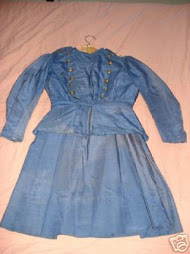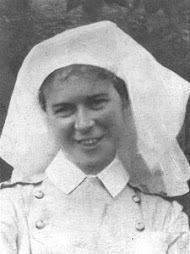I am a writer who has spent the past ten years researching and writing about aspects of women's experience during the First World War. As part of that work I have observed the recent publishing boom in Great War books. Doorstop-size books by John Keegan, Niall Ferguson, and Margaret MacMillan have crowded onto bestseller lists. Biographers such as Dominic Hibbard and Jean Wilson have drawn compelling new portraits of the Great War writers, and memoirists David Macfarlane and Stephen O'Shea have charted their own journeys "back to the front." Novelists have also plowed the fertile fields of Flanders. Pat Barker's Ghost Road series, Sebastien Faulks's Birdsong, and Jack Hodgins's Broken Ground were all critically acclaimed explorations of the war's wrenching impact on the lives of individuals and communities.
With few exceptions, men are the main subjects of these works. Despite a surge of scholarly interest in women's experience of the Great War, most historians and writers have been focusing on the strategies of generals and politicians, and the battles, mud, blood, and anguish of front-line soldiers. Women are usually only present in short chapters or footnotes describing how they nursed the wounded or "kept the home fires burning." Some writers leave them out entirely, making it hard to believe that women of any nationality ever walked on the martial fields of France and Belgium, sold their bodies on the edges of military encampments, or sailed in the hospital ships that plied the Mediterranean.
Recently, documentarians have explored the Great War, with programs such as "Finding the Fallen" making their way onto television screens. While these are wonderful programs that reveal much about the social history of the first war, they are created in such a way that women's experience is often excluded. Evidence of men's bodies on battlefields are used as the basis to trace men's lives and experience at war. Women seldom fell in combat during the first war, so their bodies cannot furnish the basis of programs that seek to reclaim their lives. That's why I've created this blog.
On the fourth day of each month (up until the 100th anniversary of the start of the First World War in 2014), I will be posting the story of one of the forty-seven Canadian nurses who died while serving overseas during the first war. Wherever possible, I will provide photographs or other images and as much information about each woman as I can. If you know anything about these women or about other women who served during the war and you would like to share that with others, I would welcome your comments and input.
Wednesday, January 20, 2010
Subscribe to:
Post Comments (Atom)






















Keep up the good work Debbie - I live in Ramsgate and am working on a book about how the women coped in my small area of south east England in WW1 where we also had a Canadian hospital for wounded servicemen. I have also been trying to trace all commonwealth nurses who died in WW1 and to find out where they are buried or commemorated
ReplyDeleteThanks Millicent. Keep me posted about your work, and if I can be of help, let me know. I'm really glad to know of others doing similar work. What Canadian hospital was it? Best regards, Debbie
ReplyDelete